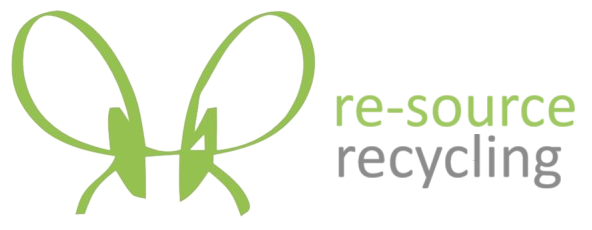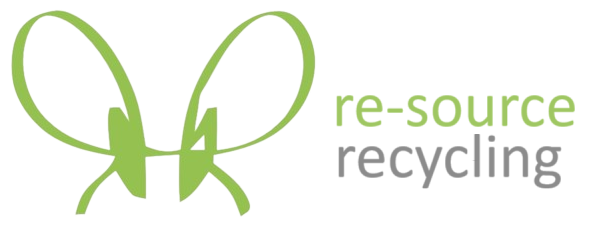
Cardboard/Paper Recycling – A Sustainable Solution
The Importance of Cardboard and Paper RecyclingIn a world where environmental consciousness is paramount, recycling has emerged as a powerful tool to combat waste and reduce our carbon footprint. One of the most significant contributors to recycling efforts is the process of recycling cardboard and paper. These materials have become essential in our everyday lives, and their responsible disposal and recycling are vital for a sustainable future.
The Recycling ProcessRecycling cardboard and paper is a relatively simple yet highly effective process. It begins with the collection of these materials from various sources, including households, businesses, and industries. Once collected, these materials are transported to recycling facilities, where they undergo a series of stages:
- Sorting: At recycling centres, materials are carefully sorted based on type, quality, and size to ensure that only clean, uncontaminated materials are processed.
- Shredding and Pulping: After sorting, the materials are shredded or pulped into smaller pieces. This initial breakdown of the materials prepares them for further processing.
- Cleaning and De-inking: During this step, the materials are cleaned to remove contaminants, such as ink, adhesives, and other impurities. This is crucial for producing high-quality recycled paper products.
- Repulping and Reforming: The cleaned pulp is mixed with water to create a slurry, which is then used to produce new paper and cardboard products. This is where the transformation from old materials to fresh, eco-friendly ones occurs.
- Drying and Finishing: The newly formed products are dried, rolled, and cut into the desired shapes and sizes, completing the recycling process.

Benefits of Cardboard and Paper RecyclingCardboard and paper recycling offers a multitude of environmental, economic, and social benefits:
- Environmental Conservation: Recycling cardboard and paper helps save trees, the primary source for their production. Additionally, it reduces energy and water consumption in the manufacturing process, lowering the environmental impact.
- Reducing Landfill Waste: Cardboard and paper waste, if not recycled, often ends up in landfills, contributing to pollution and greenhouse gas emissions. Recycling significantly reduces the amount of waste in landfills.
- Energy and Resource Savings: Recycling consumes less energy and water compared to producing new materials from raw sources, which reduces the carbon footprint and conserves resources.
For more in-depth information about the recycling process and its importance, you can visit our dedicated Recycling Process page. To learn more about the various benefits of cardboard and paper recycling, explore our Benefits of Recycling page.For those ready to take the next step in cardboard and paper recycling, consider browsing the EPA’s Guide to Paper Recycling for additional insights. You can also explore Cardboard and Paper Recycling Initiatives Worldwide for global initiatives and best practices in recycling.In conclusion, cardboard and paper recycling represent an essential aspect of environmental sustainability. They reduce waste, conserve resources, save energy, and help combat climate change. By actively participating in recycling efforts, we can contribute to a greener and more sustainable future for our planet.

